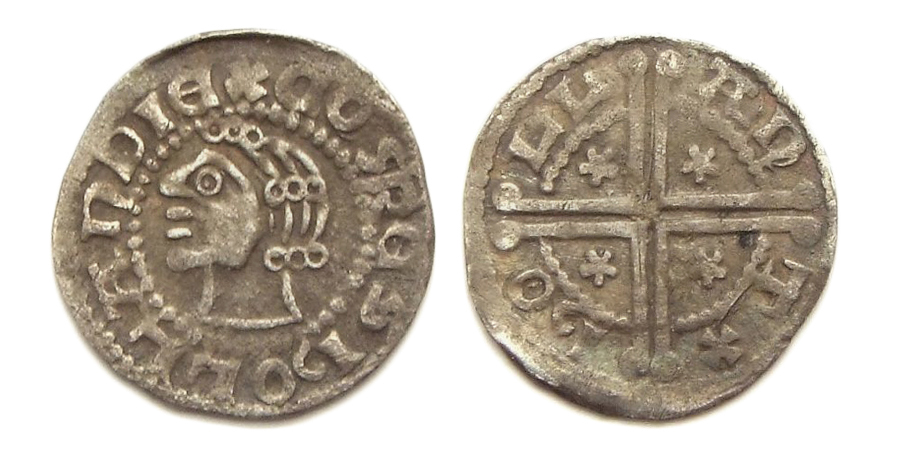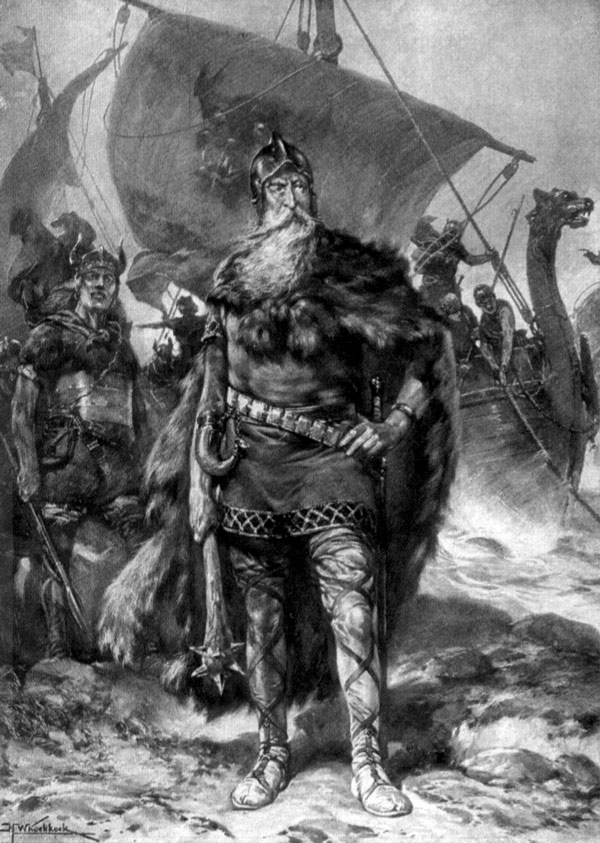|
Maasdam
Maasdam is a village in the Dutch province of South Holland. It is located about 14 km south of the city of Rotterdam, in the municipality of Hoeksche Waard, on the rural Hoeksche Waard island. From the 14th Century until around 1800, Maasdam was also the name of the local administrative area, the fief and later the "ambacht". Subsequently, from 1 January 1812 until 1 January 1984, it became the name of the local municipality, which comprised the village of Maasdam and the surrounding polders. In the periods 1812 - 1817 and 1832 - 1984, the hamlet of Cillaarshoek and the hamlet and polder of Sint Anthoniepolder were also part of the municipality of Maasdam. The municipality of Maasdam was eventually merged with some surrounding municipalities to become part of the new municipality of Binnenmaas. The exception was Cillaarshoek which was split and partly merged into the existing municipality of Strijen. On 1 January 2019 Binnenmaas was merged with Cromstrijen, Korendijk ... [...More Info...] [...Related Items...] OR: [Wikipedia] [Google] [Baidu] |
Hoeksche Waard (municipality)
Hoeksche Waard () is a municipality in the western Netherlands, in the province of South Holland, consisting of the eponymous Hoeksche Waard and Tiengemeten islands. The municipality was formed on 1 January 2019 by the merger of the municipalities Binnenmaas, Cromstrijen, Korendijk, Oud-Beijerland, and Strijen. Gallery File:'s-Gravendeel, de Kerk op de Heul GM1963-WN13 IMG 0979 2021-09-06 17.30.jpg, 's-Gravendeel, church: the Kerk op de Heul File:'s-Gravendeel, korenmolen het Vliegend Hert RM17406 foto3 2014-04-14 17.10.jpg, 's-Gravendeel, windmill: korenmolen het Vliegend Hert File:Westmaas, de Nederlands Hervormde kerk RM38856 IMG 0929 2021-09-06 13.38.jpg, Westmaas, reformed church File:Klaaswaal, de Nederlands Hervormde kerk RM23662 IMG 0941 2021-09-06 14.04.jpg, Klaaswaal, reformed church File:Strijen, de Grote- of Sint Lambertuskerk RM34945 IMG 0960 2021-09-06 16.04.jpg, Strijen, church: the Grote- or Sint Lambertuskerk File:Maasdam, de Kerk GM1963-WN24 IMG 0978 2021 ... [...More Info...] [...Related Items...] OR: [Wikipedia] [Google] [Baidu] |
Cillaarshoek
Cillaarshoek is a hamlet in the western Netherlands. It is located in the municipality of Hoeksche Waard, South Holland, about 15 km south of Rotterdam Rotterdam ( , , , lit. ''The Dam on the River Rotte'') is the second largest city and municipality in the Netherlands. It is in the province of South Holland, part of the North Sea mouth of the Rhine–Meuse–Scheldt delta, via the ''"Ne .... Cillaarshoek was a separate municipality between 1817 and 1832, when it became part of the municipality of Maasdam. In 1984, it became a part of the existing municipality of Strijen while the rest of the municipality of Maasdam was merged into the new municipality of BinnenmaasAd van der Meer and Onno Boonstra, "Repertorium van Nederlandse gemeenten", KNAW, 2006. The Dutch Reformed church is an aisleless with a little wooden tower which was built shortly after its predecessor was demolished in 1838. Cillaarshoek is not a statistical entity, and considered part of Klaas ... [...More Info...] [...Related Items...] OR: [Wikipedia] [Google] [Baidu] |
Sint Anthoniepolder
Sint Anthoniepolder is a hamlet in the Dutch province of South Holland. It is located about 14 km south of the city of Rotterdam, in the municipality of Hoeksche Waard. The Dutch Reformed church dates from the 16th century, but has a tower from before 1358. The Poldersche Molen is a ''polder'' mill from 1749. In 1935, a pumping station was installed, but the windmill remained in service until 1957. Between 1974 and 1977, it was restored and is regularly in service, because during a storm the windmill can drain more than twice as much water than the pumping station. Sint Anthoniepolder was a separate municipality from 1817 to 1839, when it became part of Maasdam Maasdam is a village in the Dutch province of South Holland. It is located about 14 km south of the city of Rotterdam, in the municipality of Hoeksche Waard, on the rural Hoeksche Waard island. From the 14th Century until around 1800, Maasd .... Sint Anthoniepolder is not a statistical entity, and considered ... [...More Info...] [...Related Items...] OR: [Wikipedia] [Google] [Baidu] |
Binnenmaas
Binnenmaas () was a municipality in the western Netherlands, in the province of South Holland. The municipality had a population of in , and covers an area of of which is water. It is named after the lake of the same name. The municipality was formed on January 1, 1984, by the merger of the municipalities Puttershoek, Maasdam, Mijnsheerenland, Westmaas, and Heinenoord. On January 1, 2007, the municipality 's-Gravendeel was added to Binnenmaas. On January 1, 2019 it was merged with Cromstrijen, Korendijk, Oud-Beijerland, and Strijen to form the municipality of Hoeksche Waard. 11 July 2018, accessed at overheid.nl The municipality of Binnenmaas consists of the following communi ... [...More Info...] [...Related Items...] OR: [Wikipedia] [Google] [Baidu] |
Grote Hollandse Waard
The Grote Waard or Hollandse Waard was a farming region in the County of Holland at the border of the Duchy of Brabant, that disappeared in the St. Elizabeth's flood. Parts of this polder are now separated by water: Hoekse Waard, Eiland van Dordrecht, De Biesbosch, and parts of North Brabant. The Grote Waard was a damp peat region, which was roughly limited by what now is the Afgedamde Maas between Heusden and Woudrichem, the Boven Merwede and Beneden Merwede, Dordrecht, Maasdam, the Keizersdijk between Maasdam and Strijen, Strijensas, Lage Zwaluwe, and Hooge Zwaluwe Hooge Zwaluwe is a village in the Dutch province of North Brabant. It is located in the municipality of Drimmelen, about 3.5 km north-west of Made. History The village was first mentioned in 1291 as Zwaluwe, and refers to a river ( Grote H .... See also * Drowned villages in the Grote Hollandse Waard alias Zuid-Hollandse Waard References Floods in the Netherlands 15th century in the Netherlands R ... [...More Info...] [...Related Items...] OR: [Wikipedia] [Google] [Baidu] |
Hoeksche Waard
The Hoekse Waard (; pre-1947 spelling: Hoeksche Waard) is an island between the Oude Maas, Dordtsche Kil, Hollands Diep, Haringvliet and Spui rivers in the province of South Holland in the Netherlands. The island, part of the namesake municipality of Hoeksche Waard, is a mostly agricultural region, south of the outskirts of Rotterdam. The Hoeksche Waard consists of reclaimed land (polders): after the Saint Elisabeth flood of 1421 most of the area was flooded. The land has been reclaimed gradually in the following centuries. Former municipalities The Hoeksche Waard formerly consisted of the following municipalities until these were merged on 1 January 2019: * Binnenmaas (villages Blaaksedijk, Heinenoord, Goidschalxoord, Maasdam, Mijnsheerenland, Puttershoek, Westmaas and 's-Gravendeel) * Cromstrijen (villages Klaaswaal and Numansdorp) * Korendijk (villages Goudswaard, Nieuw-Beijerland, Piershil and Zuid-Beijerland, and the island of Tiengemeten) * Oud-Beijerland * Str ... [...More Info...] [...Related Items...] OR: [Wikipedia] [Google] [Baidu] |
Floris V, Count Of Holland
Floris V (24 June 1254 – 27 June 1296) reigned as Count of Holland and Zeeland from 1256 until 1296. His life was documented in detail in the Rijmkroniek by Melis Stoke, his chronicler. He is credited with a mostly peaceful reign, modernizing administration, policies beneficial to trade, generally acting in the interests of his peasants at the expense of nobility, and reclaiming land from the sea. His dramatic murder, engineered by King Edward I of England and Guy, Count of Flanders, made him a hero in Holland. Early life Floris was the son of Count William II (1227–1256) and Elisabeth of Brunswick-Lüneburg.M. A. Pollock, Scotland, ''England and France After the Loss of Normandy, 1204-1296'', (The Boydell Press, 2015), xv. His father was slain in 1256 by Frisians when Floris was just two years old. Custody over Floris fell first to his uncle (Floris de Voogd from 1256 to 1258), then to his aunt ( Adelaide of Holland from 1258 to 1263). The fight over custody of Hol ... [...More Info...] [...Related Items...] OR: [Wikipedia] [Google] [Baidu] |
Roman Empire
The Roman Empire ( la, Imperium Romanum ; grc-gre, Βασιλεία τῶν Ῥωμαίων, Basileía tôn Rhōmaíōn) was the post-Republican period of ancient Rome. As a polity, it included large territorial holdings around the Mediterranean Sea in Europe, North Africa, and Western Asia, and was ruled by emperors. From the accession of Caesar Augustus as the first Roman emperor to the military anarchy of the 3rd century, it was a Principate with Italia as the metropole of its provinces and the city of Rome as its sole capital. The Empire was later ruled by multiple emperors who shared control over the Western Roman Empire and the Eastern Roman Empire. The city of Rome remained the nominal capital of both parts until AD 476 when the imperial insignia were sent to Constantinople following the capture of the Western capital of Ravenna by the Germanic barbarians. The adoption of Christianity as the state church of the Roman Empire in AD 380 and the fall of the Western ... [...More Info...] [...Related Items...] OR: [Wikipedia] [Google] [Baidu] |
Flavian Dynasty
The Flavian dynasty ruled the Roman Empire between AD 69 and 96, encompassing the reigns of Vespasian (69–79), and his two sons Titus (79–81) and Domitian (81–96). The Flavians rose to power during the civil war of 69, known as the Year of the Four Emperors. After Galba and Otho died in quick succession, Vitellius became emperor in mid 69. His claim to the throne was quickly challenged by Roman legion, legions stationed in the Eastern provinces, who declared their commander Vespasian emperor in his place. The Second Battle of Bedriacum tilted the balance decisively in favour of the Flavian forces, who entered Rome on 20 December. The following day, the Roman Senate officially declared Vespasian emperor of the Roman Empire, thus commencing the Flavian dynasty. Although the dynasty proved to be short-lived, several significant historic, economic and military events took place during their reign. The reign of Titus was struck by multiple natural disasters, the most ... [...More Info...] [...Related Items...] OR: [Wikipedia] [Google] [Baidu] |
Land Reclamation
Land reclamation, usually known as reclamation, and also known as land fill (not to be confused with a waste landfill), is the process of creating new land from oceans, seas, riverbeds or lake beds. The land reclaimed is known as reclamation ground or land fill. In some jurisdictions, including parts of the United States, the term "reclamation" can refer to returning disturbed lands to an improved state. In Alberta, Canada, for example, reclamation is defined by the provincial government as "The process of reconverting disturbed land to its former or other productive uses." In Oceania, it is frequently referred to as land rehabilitation. History One of the earliest large-scale projects was the Beemster Polder in the Netherlands, realized in 1612 adding of land. In Hong Kong the Praya Reclamation Scheme added of land in 1890 during the second phase of construction. It was one of the most ambitious projects ever taken during the Colonial Hong Kong era.Bard, Solomon. 002 ... [...More Info...] [...Related Items...] OR: [Wikipedia] [Google] [Baidu] |
Holy Roman Empire
The Holy Roman Empire was a Polity, political entity in Western Europe, Western, Central Europe, Central, and Southern Europe that developed during the Early Middle Ages and continued until its Dissolution of the Holy Roman Empire, dissolution in 1806 during the Napoleonic Wars. From the accession of Otto I in 962 until the twelfth century, the Empire was the most powerful monarchy in Europe. Andrew Holt characterizes it as "perhaps the most powerful European state of the Middle Ages". The functioning of government depended on the harmonic cooperation (dubbed ''consensual rulership'' by Bernd Schneidmüller) between monarch and vassals but this harmony was disturbed during the Salian Dynasty, Salian period. The empire reached the apex of territorial expansion and power under the House of Hohenstaufen in the mid-thirteenth century, but overextending led to partial collapse. On 25 December 800, Pope Leo III crowned the List of Frankish kings, Frankish king Charlemagne as Carolingi ... [...More Info...] [...Related Items...] OR: [Wikipedia] [Google] [Baidu] |
County Of Holland
The County of Holland was a State of the Holy Roman Empire and from 1433 part of the Burgundian Netherlands, from 1482 part of the Habsburg Netherlands and from 1581 onward the leading province of the Dutch Republic, of which it remained a part until the Batavian Revolution in 1795. The territory of the County of Holland corresponds roughly with the current provinces of North Holland and South Holland in the Netherlands. Etymology The oldest sources refer to the not clearly defined county as ''Frisia'', west of the Vlie (also known as West Frisia). Before 1101, sources talk about Frisian counts, but in this year Floris II, Count of Holland is mentioned as ''Florentius comes de Hollant'' (Floris, Count of Holland). Holland is probably from the Old Dutch , literally "wood land". The counts of Holland generally kept to this single title until 1291, when Floris V, Count of Holland decided to call himself ''Count of Holland and Zeeland, lord of Friesland''. This title was also used ... [...More Info...] [...Related Items...] OR: [Wikipedia] [Google] [Baidu] |







